Energy storage and backup power
Lithium and lead-acid battery solutions for all your solar and renewable energy systems
When it comes to backup solar energy storage and backup power, the choice often boils down to lead-acid or lithium (LiFePO4) batteries. Discover has a both Lithium and Dry Cell AGM batteries optimized for renewable energy storage.
COMPARE FOR YOURSELF | FLOODED LEAD-ACID | DRY CELL AGM | GEL CELL | AES LITHIUM |
|---|---|---|---|---|
Maintenance | Requires periodic watering | Maintenance-Free | Maintenance-Free | Maintenance-Free |
Spill-proof | No | Sealed, suspended electrolyte | Sealed | Sealed, LiFePO4 |
Gassing | Released and vented during charge | Low to no, unless overcharged | Low to no, unless overcharged | No |
Roundtrip-Efficiency | 70-80% | 80-90% | 80-90% | Up to 98% |
Recharge Time | Longest | Short | Long | Shortest (1C) |
Equalization Charge | Required | Not required | Not required | Not required |
Self-Discharge / Storage | Short | Long | Long | Long |
Cold Temperature Performance | Medium | High | Medium | Low |
High Current Discharge | Medium | High | Medium | Low |
Initial Cost | Lowest | Medium | Medium-high | Highest |
Total Cost of Ownership | Highest | Medium | Medium | Lowest |
 DRY CELL AGM Solar Energy Storage Discover® DRY CELL Solar Energy Storage batteries outperform traditional flooded, AGM, and Gel deep-cycle batteries, and promote resilience in on-grid and off-grid applications, particularly in regions with poor infrastructure and unreliable power. These batteries incorporate features to withstand a Partial State of Charge operation and tolerate wide ambient temperatures.
DRY CELL AGM Solar Energy Storage Discover® DRY CELL Solar Energy Storage batteries outperform traditional flooded, AGM, and Gel deep-cycle batteries, and promote resilience in on-grid and off-grid applications, particularly in regions with poor infrastructure and unreliable power. These batteries incorporate features to withstand a Partial State of Charge operation and tolerate wide ambient temperatures.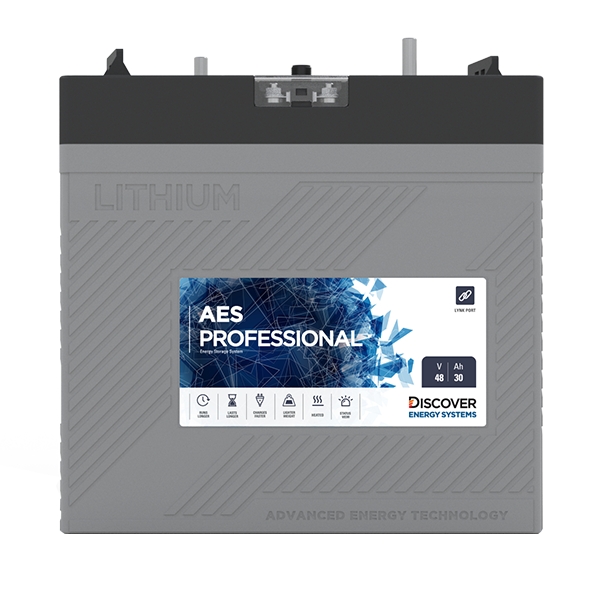 AES PROFESSIONAL AES PROFESSIONAL batteries feature self-heating and a proprietary high current battery management system. Trusted OEM quality tested and certified to the highest safety and performance standards; the Discover AES PROFESSIONAL Series is purpose-built to replace standard BCI 6V, 8V, and 12V sizes. AES PROFESSIONAL Series has LYNK Gateway options for systems integration.
AES PROFESSIONAL AES PROFESSIONAL batteries feature self-heating and a proprietary high current battery management system. Trusted OEM quality tested and certified to the highest safety and performance standards; the Discover AES PROFESSIONAL Series is purpose-built to replace standard BCI 6V, 8V, and 12V sizes. AES PROFESSIONAL Series has LYNK Gateway options for systems integration.
Maintenance-Free & Safe
Nonspillable, no-gassing and no water top-ups, cutting down on upkeep time and costs.
Resilience
Superior partial state of charge operation with overcharge and over-discharge resilience.
Extreme Temperature Resistant
Operating temperature -40°C (-40°F) to 70°C (158°F).
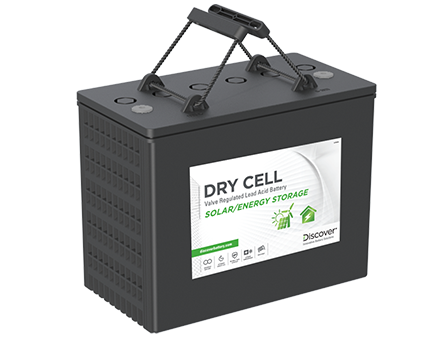
Discover Battery provides unparalleled maintenance-free AGM battery solutions that set the industry standard for reliability and performance.
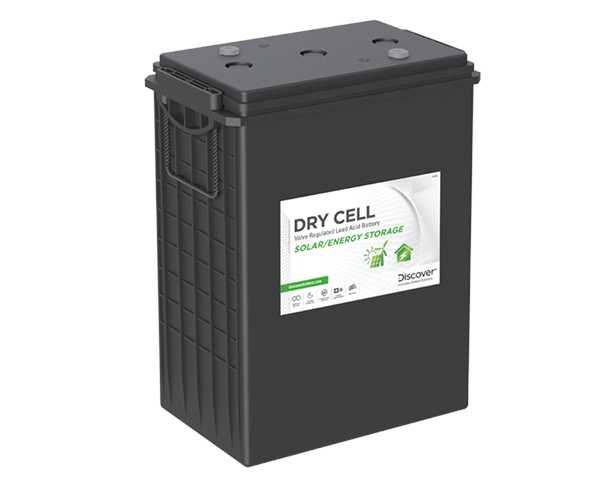
6VRE-2700FD
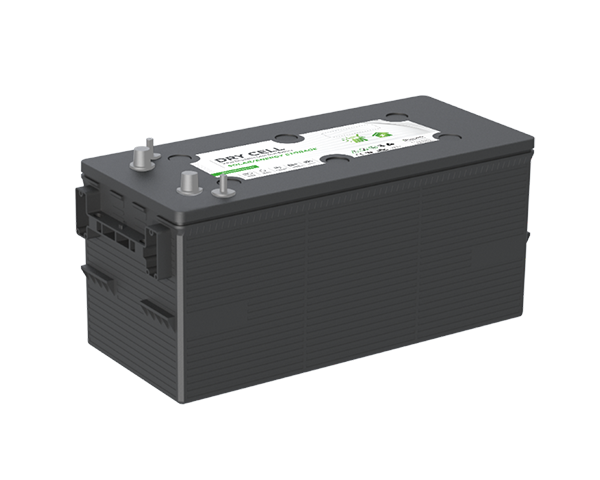
12VRE-2800FD
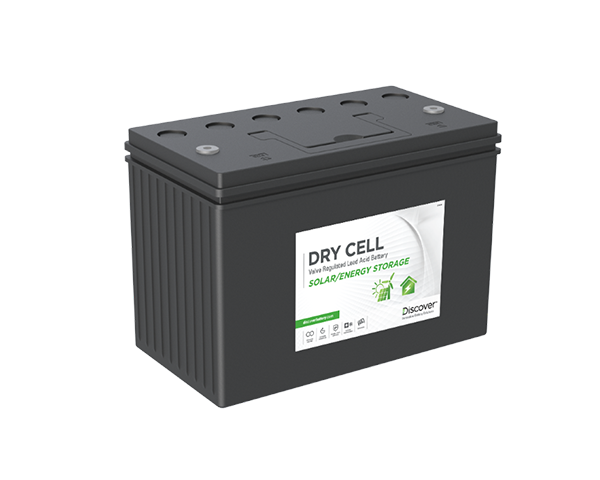
12VRE-1400FD
DRY CELL AGM SOLAR ENERGY STORAGE
Reliable Energy Storage for Renewable Energy applications
Discover® DRY CELL Solar Energy Storage batteries are safe, reliable, maintenance-free and tolerant of partial state of charge operation under wide ambient temperatures.
Double the Runtime
Double the high-current runtime of similar sized lead-acid battery with 10x the life
(BCI-06)
Parallel Power
Parallel up to 20 batteries per LYNK device
Up to 50% more efficient
Up to 50% more energy efficient than a lead-acid battery with a 100% depth of discharge
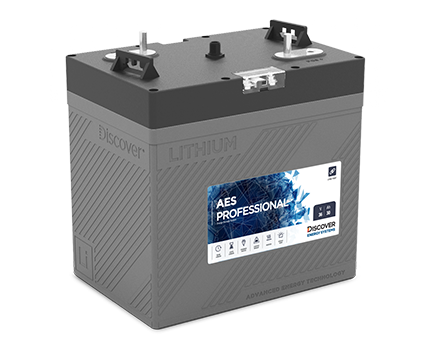
AES Professional features a field serviceable fuse and a multi battery BMS to make sure you get the most of every amp hour you put in.
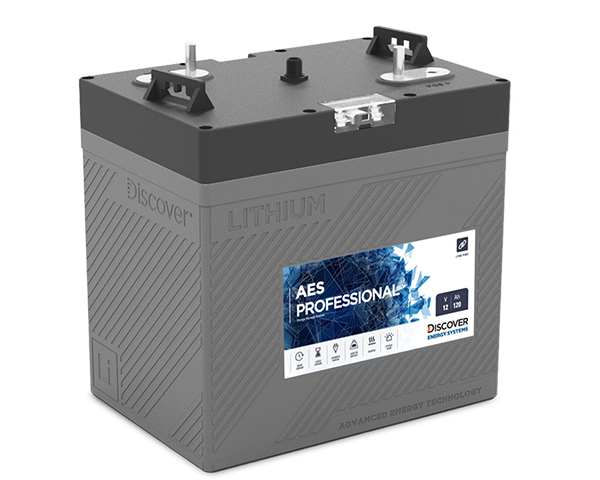
DLP-GC2-12V
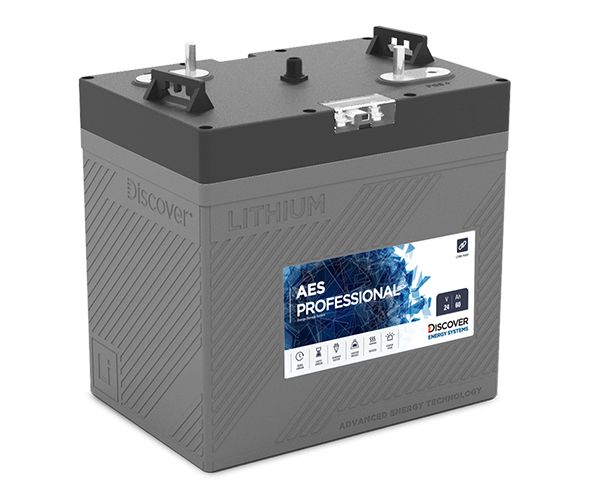
DLP-GC2-24V
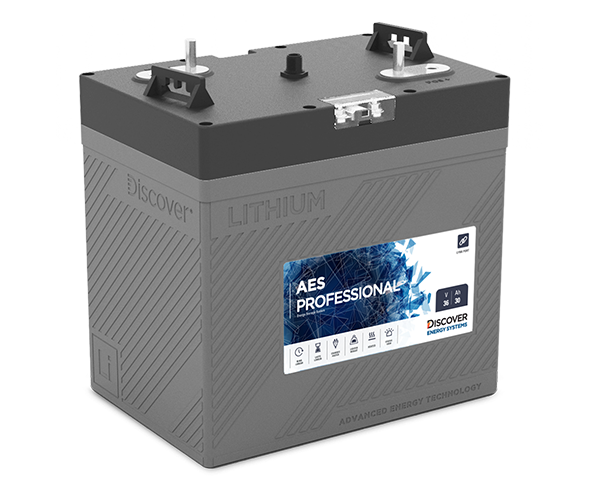
DLP-GC2-36V
AES Professional Batteries
AES Professional batteries robust lithium solution for residential off-grid solar and tiny home power applications.
Discover® AES PROFESSIONAL LiFePO4 Batteries
Discover® AES PROFESSIONAL batteries are purpose-built for the drop-in replacement of 12V, 24V, 36V and 48V groupings of the popular BCI GC2 size battery.

We are delighted to announce that our Lithium business has been moved to its own website dedicated solely to lithium products. This exciting development for our business allows us to offer you, our customers and partners more complete services and competitive product offerings. We remain committed to reliability, performance and providing you, our partners and customers with the best products in the marketplace.
How do I work with Discover?
Discover sells business to business directly through its global network of factory warehouses.
Discover lithium batteries are the best lithium batteries we tested to work with our hybrid inverters.

Schneider Electric - Solar Division
I absolutely LOVE these batteries! These combined with the Sol-Ark 12 are handling the loads I have with ease.

Pacific Refrigeration & Market Equipment Inc.
Awesome! Thanks for helping designers and sales guys with tools to help sell a product better.

Gardner Energy
Discover AES has operated with total reliability. They have improved the performance of our electrical system by about 30%.

Discover AES LiFePO4 batteries ability to charge quickly make them ideal for off-grid applications to help reduce generator use. The fuel savings our customers realize is astounding.

Hakai Energy Solution
Discover AES is easy to install and has the best power electronics integration of any battery I’ve seen.

West Coast Sustainables
When we evaluated off-grid lithium batteries that could represent our brand and reputation, Discover AES was the obvious choice.

Rolls Batteries
I have 4 AES LiFePO4 batteries at my house, and I live off-grid. Monitoring / Memory / History. NO maintenance. Big warranty.

CamoSolar Inc.
The sealed tubulars from these folks are doing a great job at our off-grid community hall. With them we can even enjoy rock and roll without the generator.

DragonSun Consulting
At Satic Solar we have installed several Discover AES batteries over the years and recommend them.

Satic Solar
We have been using 48-volt 6.65 kWh Discover lithium batteries for several years now. Our largest lithium battery bank to date is for an off-grid system using 10 of the 6.65 kWh packs.

Four Elements Energy Inc.
